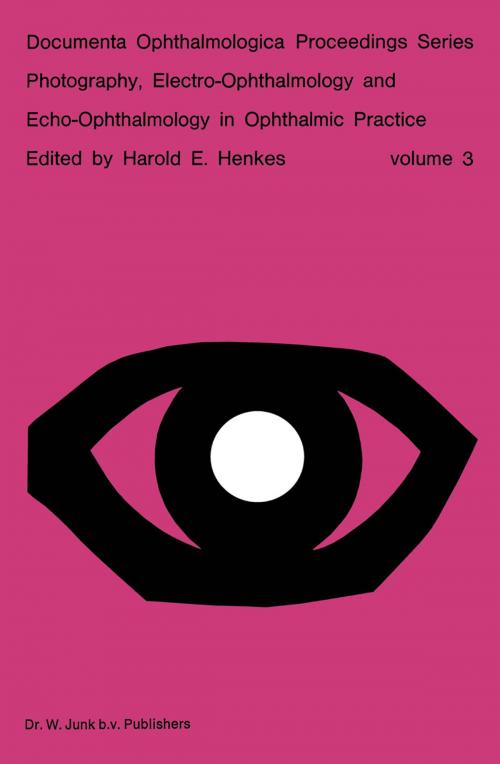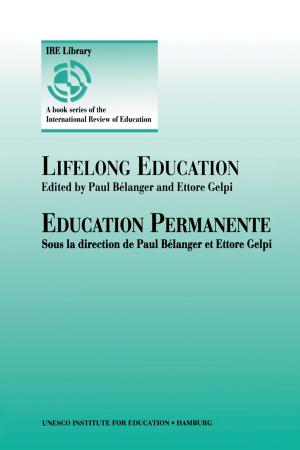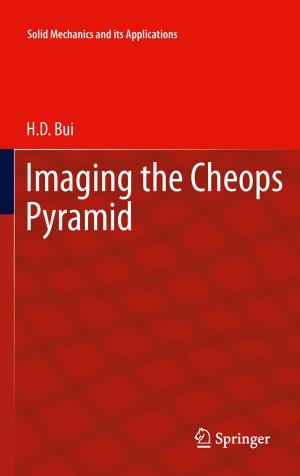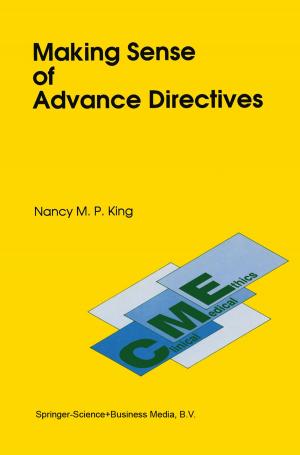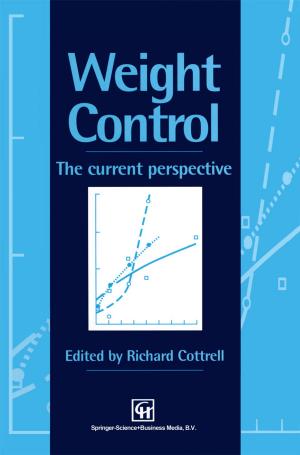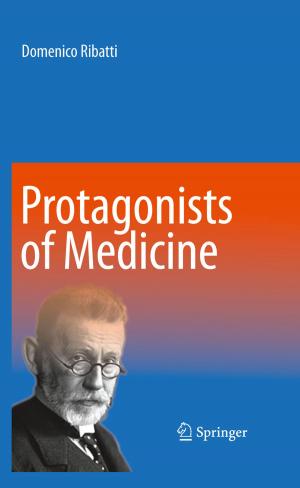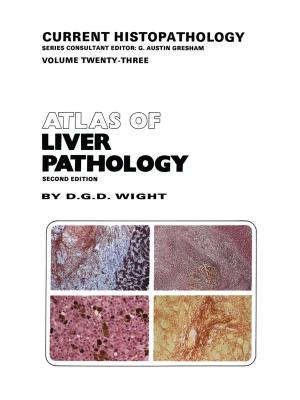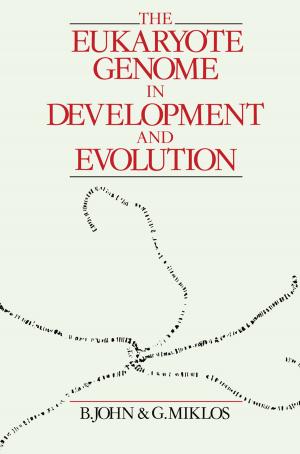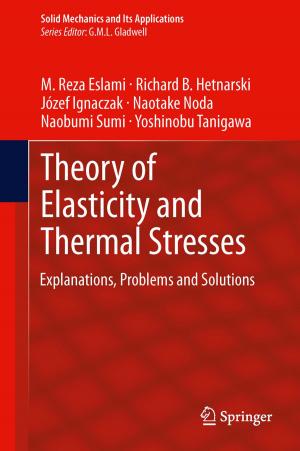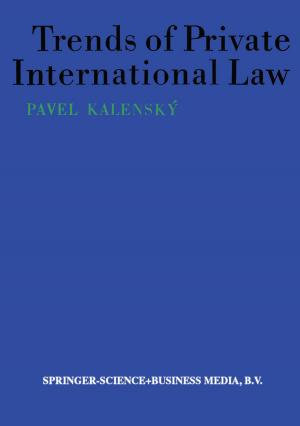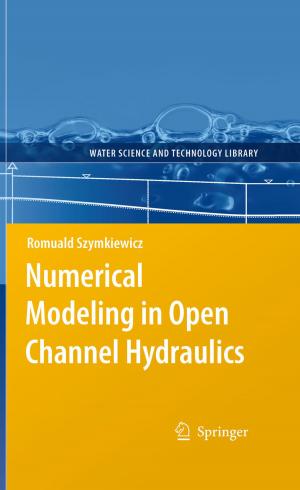Photography, Electro-Ophthalmology and Echo-Ophthalmology in Ophthalmic Practice
Nonfiction, Health & Well Being, Medical, Specialties, Ophthalmology| Author: | ISBN: | 9789401026994 | |
| Publisher: | Springer Netherlands | Publication: | December 6, 2012 |
| Imprint: | Springer | Language: | English |
| Author: | |
| ISBN: | 9789401026994 |
| Publisher: | Springer Netherlands |
| Publication: | December 6, 2012 |
| Imprint: | Springer |
| Language: | English |
The 1973 - postgraduate courses in ophthalmology held under the auspices of the Netherlands Ophthalmological Society, mark the 25th anniversary of the rebuilt Rotterdam Eye Clinic. The themes set for these courses: 'Ophthalmic Photography', 'Electro ophthalmology' and 'Echo-ophthalmology', have been chosen from a multitude of rapid developments in ophthalmology during this period. The aim was to provide the clinician with a lead in a bewildering field of apparatus and techniques and to help him in selecting methods that provide useful results without too much specialised knowledge. However, sophisticated techniques and discussion of results have been added now and then, so that the more advanced reader still finds sufficiently inter esting material in this report. This holds e.g. for the section on fluorescence-angiography which section has been extended on the base of the probability that the clinician in general practice too, has been or will be confronted with this rapidly expanding and fascinating field. The reason to bring together two methods of objective examination of visual functions i.e. electro-ophthalmology and echo-ophthalmology, is clearly due to the intimate connection between the two. In many ways these methods complement each other in providing the final diagnosis. This report does not intend to replace text books, nor to outdate treatises on superspecialised ophthalmic subjects; it simply tends to provide the clinician with a basic information on selected techniques, stimulating the reader to start using them in daily practice.
The 1973 - postgraduate courses in ophthalmology held under the auspices of the Netherlands Ophthalmological Society, mark the 25th anniversary of the rebuilt Rotterdam Eye Clinic. The themes set for these courses: 'Ophthalmic Photography', 'Electro ophthalmology' and 'Echo-ophthalmology', have been chosen from a multitude of rapid developments in ophthalmology during this period. The aim was to provide the clinician with a lead in a bewildering field of apparatus and techniques and to help him in selecting methods that provide useful results without too much specialised knowledge. However, sophisticated techniques and discussion of results have been added now and then, so that the more advanced reader still finds sufficiently inter esting material in this report. This holds e.g. for the section on fluorescence-angiography which section has been extended on the base of the probability that the clinician in general practice too, has been or will be confronted with this rapidly expanding and fascinating field. The reason to bring together two methods of objective examination of visual functions i.e. electro-ophthalmology and echo-ophthalmology, is clearly due to the intimate connection between the two. In many ways these methods complement each other in providing the final diagnosis. This report does not intend to replace text books, nor to outdate treatises on superspecialised ophthalmic subjects; it simply tends to provide the clinician with a basic information on selected techniques, stimulating the reader to start using them in daily practice.
